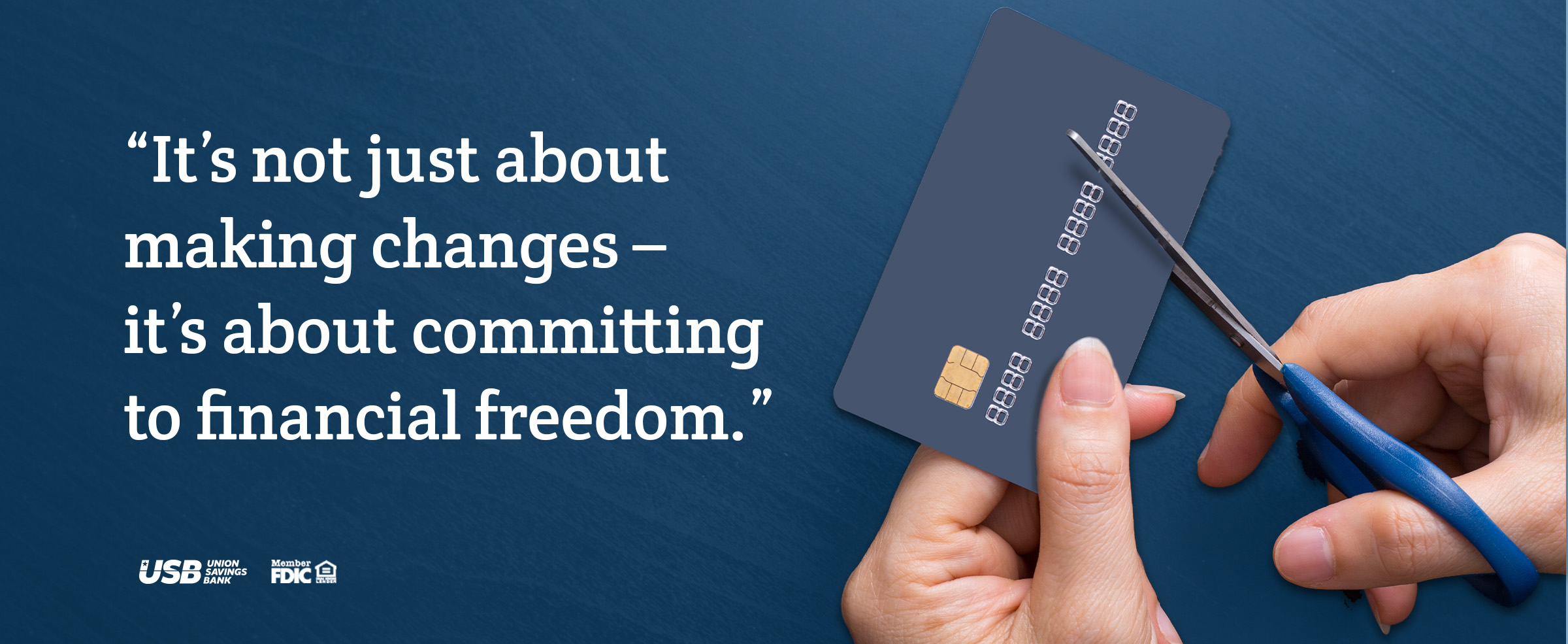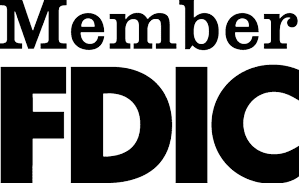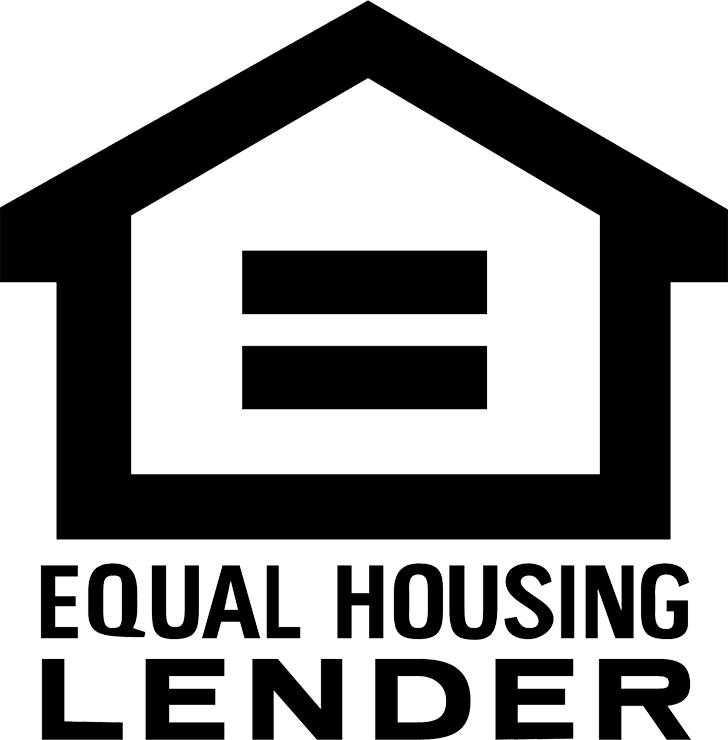Swipe Smart: Tips To Break Free from Credit Card Debt and Stay Financially Savvy
In today’s world, credit cards have become an integral part of our financial lives, offering convenience at our fingertips. However, without careful management, they can quickly spiral into a debt cycle that becomes increasingly difficult to escape. If you seem to be drowning in credit card balances, fear not – there is a way out.
We dive into actionable tips and strategies to help you break free from the stressors of credit card debt and pave the way toward a financially savvy future. Whether you’re aiming to eliminate debt altogether or simply to enhance your financial literacy, these insights will allow you to regain control of your finances and build a more secure financial foundation for the future.
1. Create a Budget/Cut Back on Expenses
Creating a budget that works with your finances is a crucial step to relieving yourself of credit card debt. You can start by assessing your income, identifying areas where you can reduce spending, and redirecting those funds toward paying off your credit card debt. Consider making sacrifices in nonessential categories until you’ve regained financial stability.
2. Prioritize High-Interest Debt
Prioritizing high-interest debt can be essential for minimizing the overall cost of your debt repayment journey. By focusing on paying off debts with the highest interest rates first, you can save money on interest charges and accelerate your progress toward becoming debt-free. In the long run, this may reduce the amount of interest accrued.
3. Snowball Method
The snowball method is a debt-reduction strategy where you pay off debt beginning with the smallest balance and working your way up to the largest balance regardless of interest rates. You can start by making the largest payments possible on your smallest debt amount while making the minimum payments on your other debts. Seeing your balances decrease can be motivating as you progress toward your goals.
4. Pay More than the Minimum Payment
While paying the minimum payment each month keeps your account current, it may prolong the time it takes to pay off your debt and can increase the amount of interest you pay. Pay more than the minimum amount whenever possible to chip away at the principal balance, which lessens accruing interest.
5. Consider a Balance Transfer
Look for credit card offers with low- or zero-percent-APR balance transfer promotions. Transferring your balance to a card with a lower interest rate may save you money on interest and help you pay off your debt faster.

6. Negotiate with Creditors
Contact your credit card company to negotiate a lower interest rate or request a hardship program if you’re experiencing financial difficulties. Many creditors are willing to work with you to find a solution for both parties. Be aware—this might have an impact on your credit rating.
7. Generate Extra Income
Explore opportunities to increase your income, such as working part-time, freelancing, or selling unused items. The additional funds may accelerate your debt repayment efforts.
8. Avoid New Debt
While focusing on paying off your existing credit card debt, it’s important to refrain from accumulating new debt by sticking to your budget and avoiding using credit cards for unnecessary purchases.
9. Track Your Progress
Seeing your debt decrease can motivate you to stay committed to your repayment plan. You can monitor your progress regularly by tracking your debt reduction and celebrating milestones along the way.
10. Seek Professional Help if Needed
If you’re struggling to manage your debt on your own, consider seeking assistance from a certified credit counselor or financial advisor. They can provide personalized advice and help you explore debt consolidation or other debt-relief options.
As you embark on your journey to break free from credit card debt, remember that it’s not just about making a few changes—it’s about adopting a new mindset and committing to financial freedom. By implementing these tips, you can take the right steps toward regaining control of your finances and building a brighter financial future. With focus and dedication, you will conquer your credit card debt and pave a path to a life of financial freedom.
All home-lending products are subject to credit and property approval. Rates and program terms and conditions are subject to change without notice. Other restrictions and limitations apply.
These articles are for educational purposes only and provide general mortgage information. Products, services, processes, and lending criteria described in these articles may differ from those available through Union Savings Bank. For more information on available products and services and to discuss your options, please contact a Union Savings Bank loan officer.


